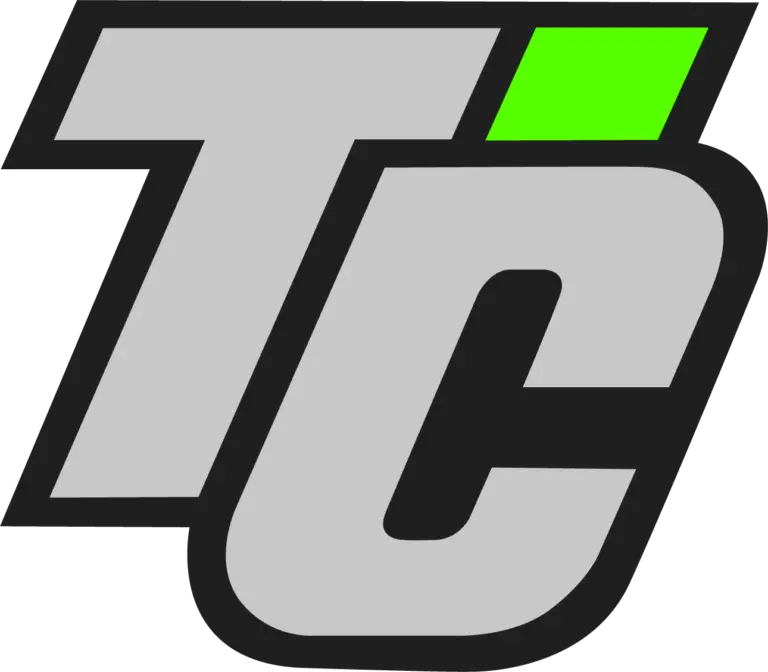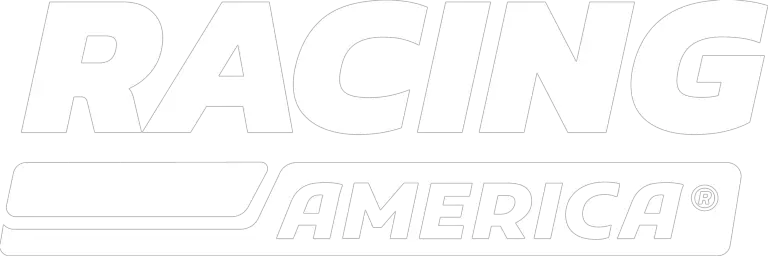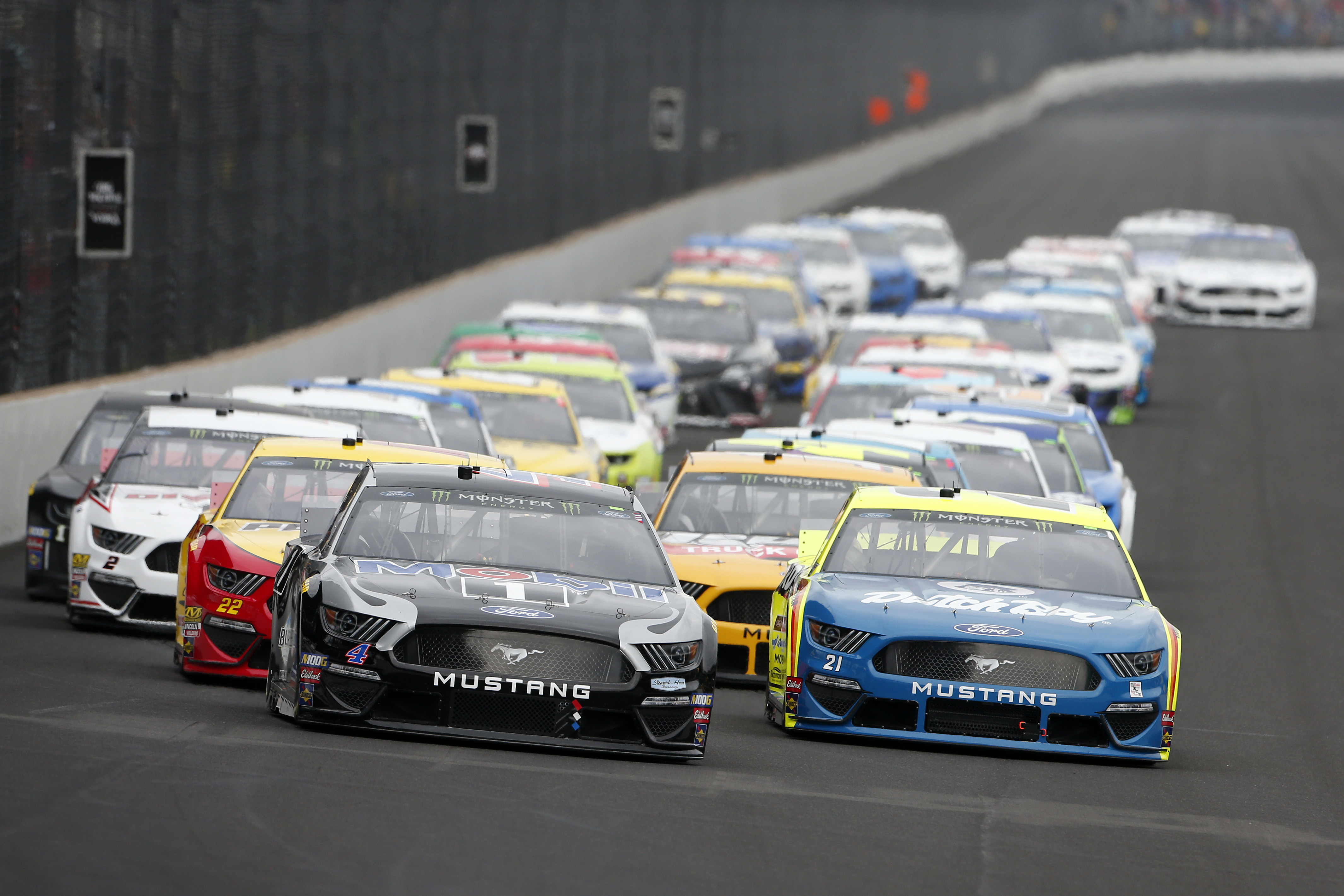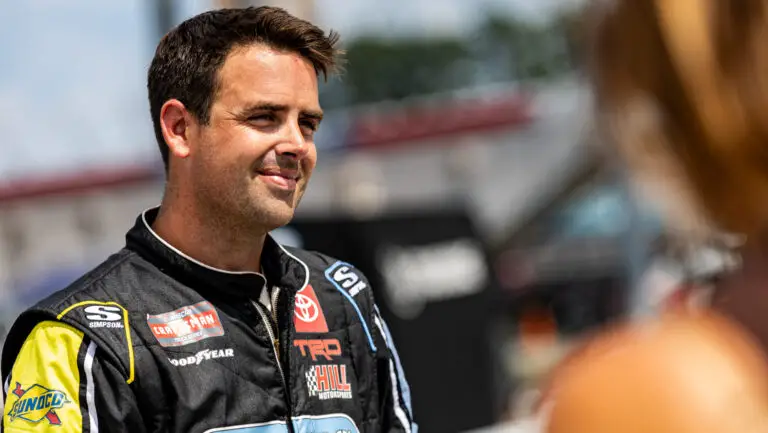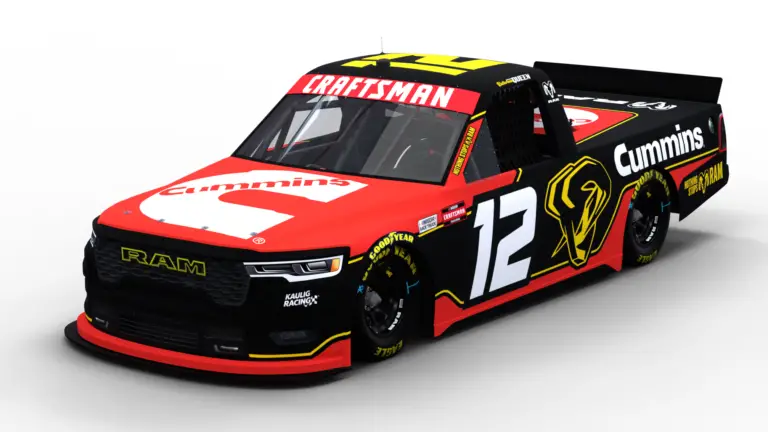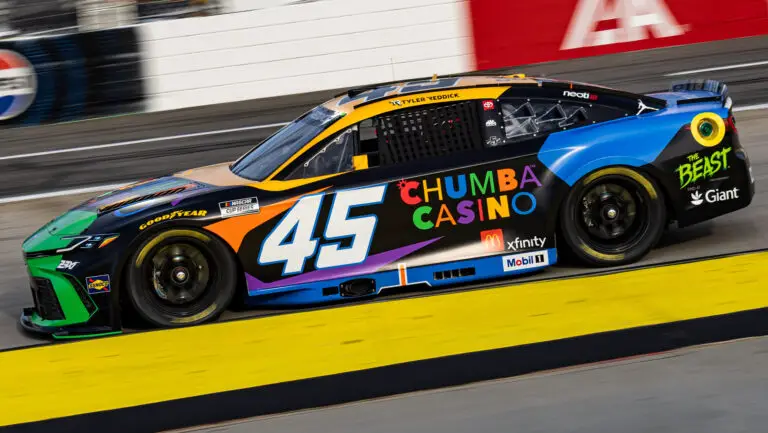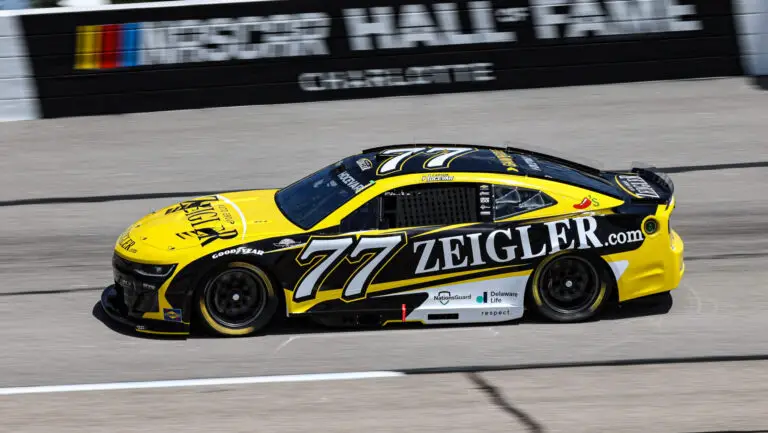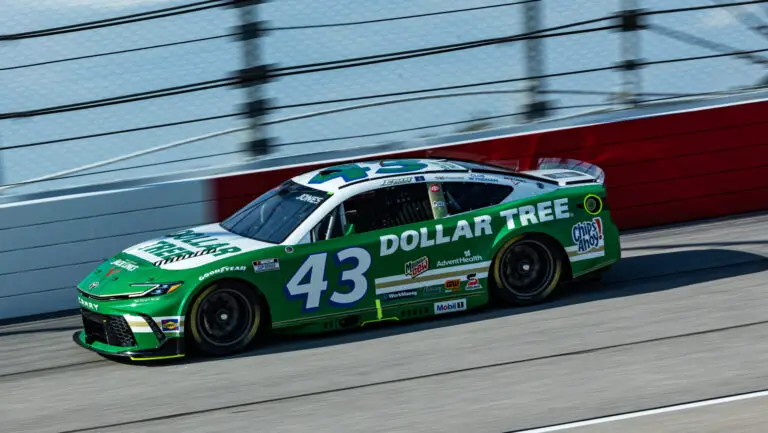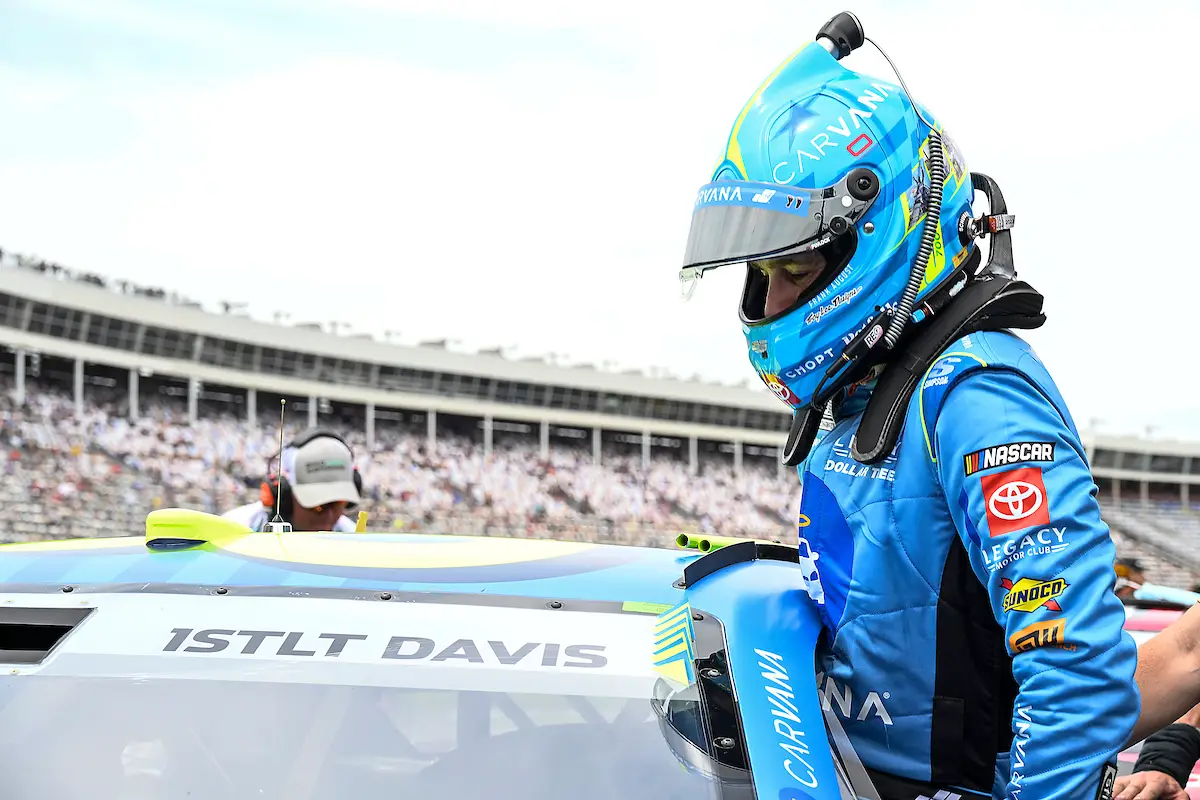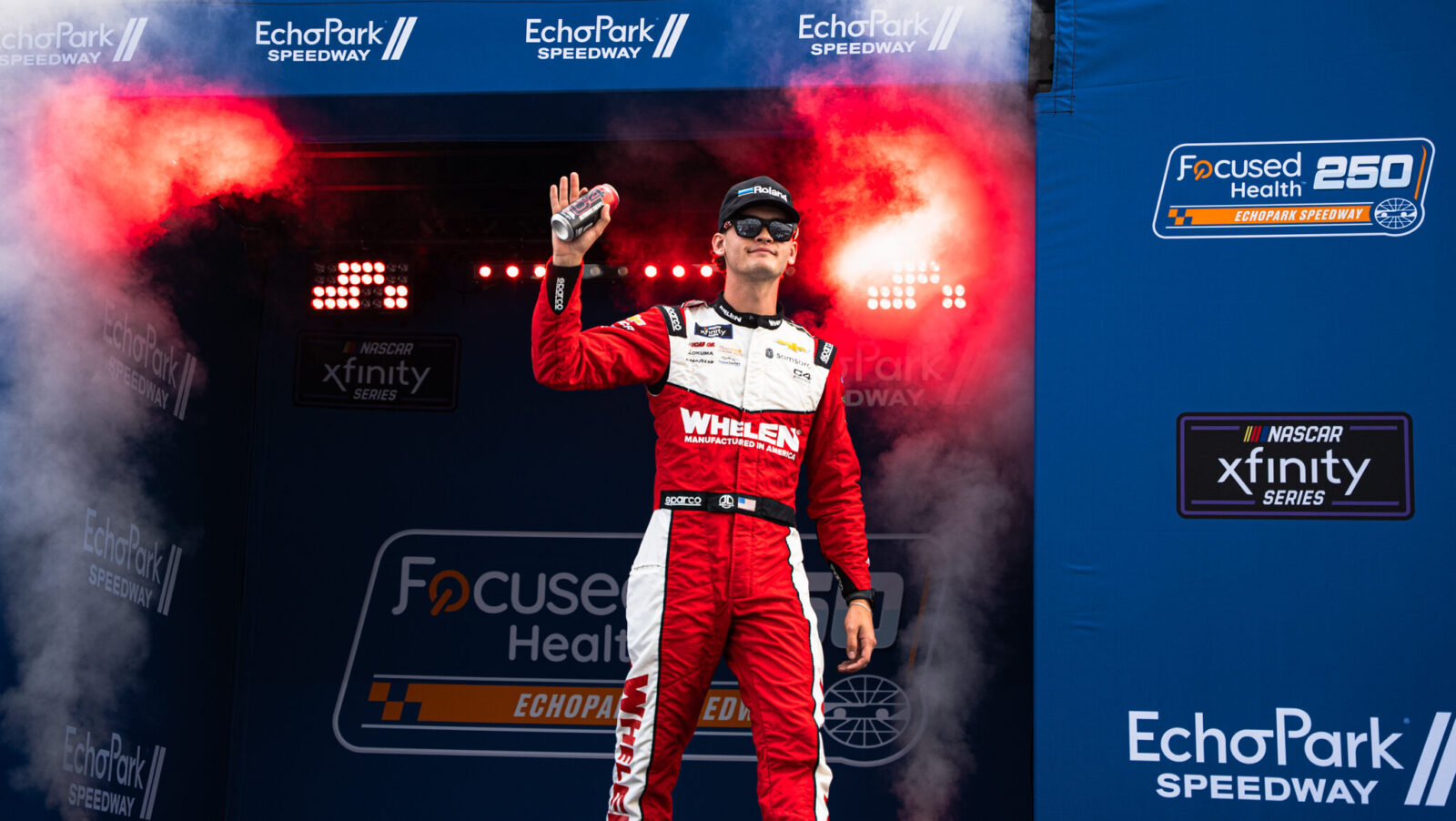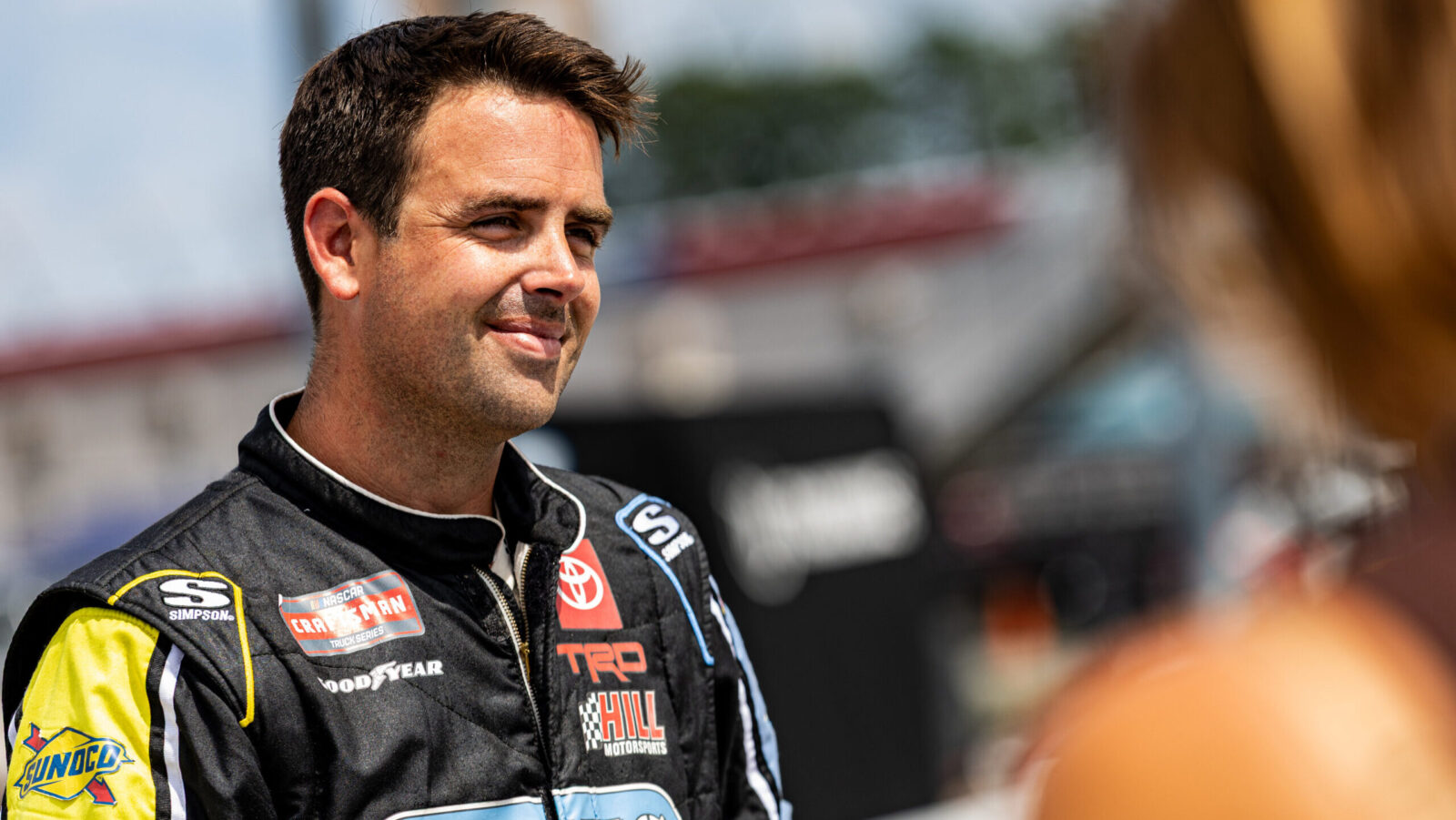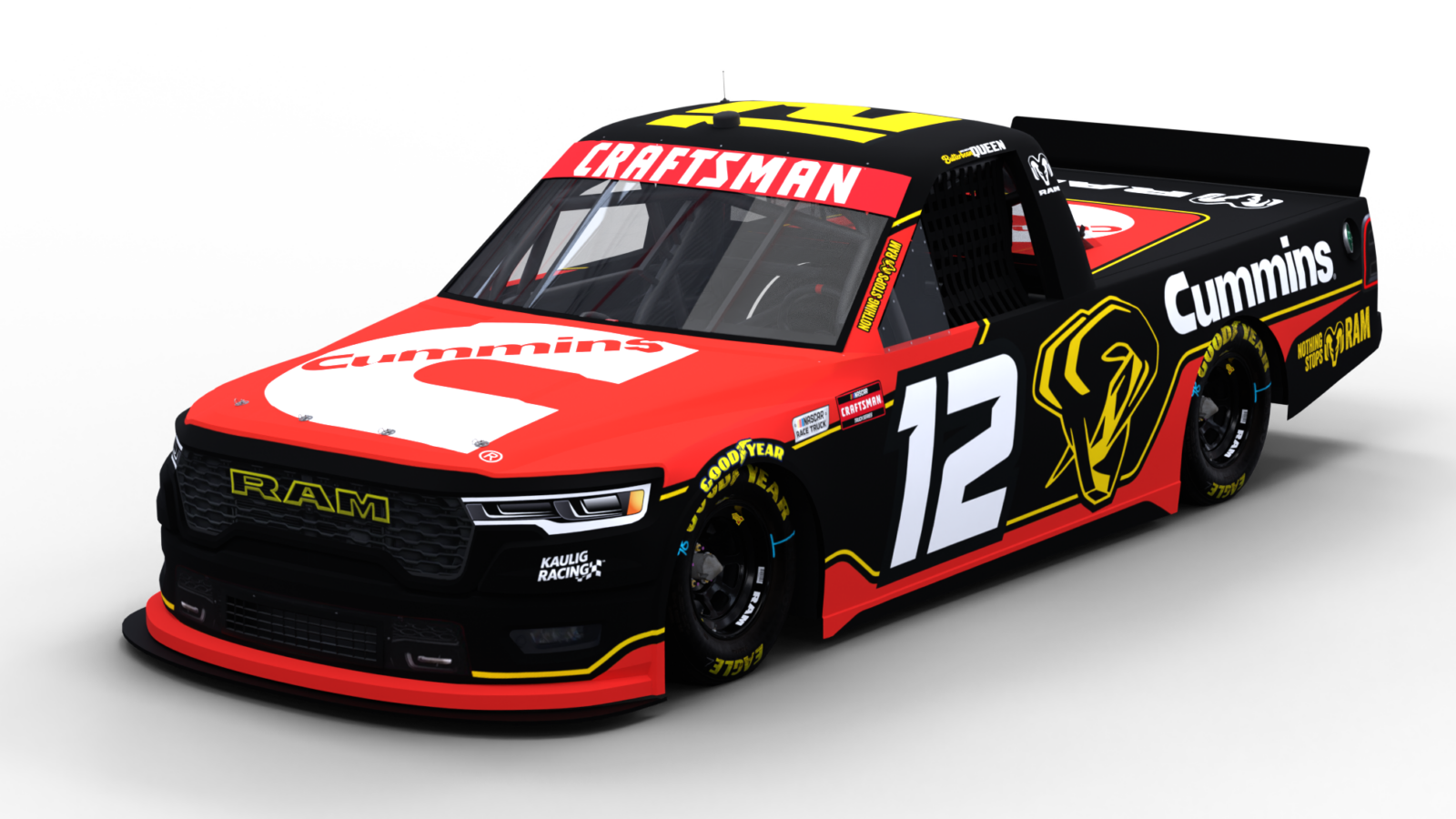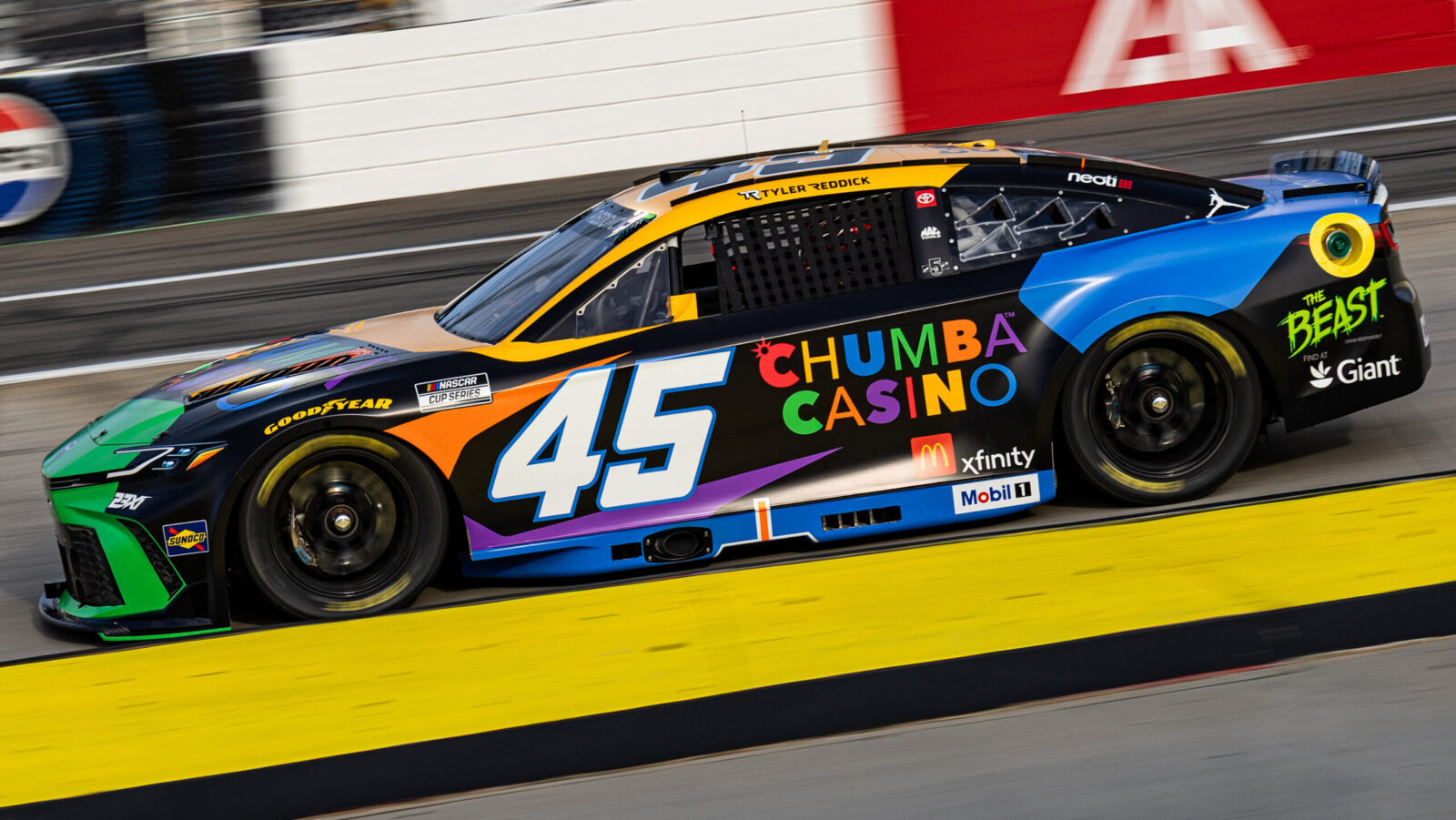NASCAR unveiled the 2020 competition rules package on Tuesday, and for the most part everything that you will see on the track each week will stay virtually the same.
“The 2019 season has produced great racing and we anticipate the level of competition to continue to rise as teams build off this rules package in 2020,” said John Probst, NASCAR senior vice president, innovation and racing development in a release. “Collectively, we continue to work closely as an industry to put on the best racing possible for our fans, while working diligently on the Next Gen car, scheduled to make its debut in 2021.”
The only real changes to the makeup of the rules for 2020 are designed to regulate teams on spending, which in theory should help even the playing field between the top-dogs and the under-dogs some next year.
Among the biggest cost-saving changes that have been added are:
- Each car number will now only be allowed to have 12 certified chassis, which are designated as “active” at a certain time. Up until 2020, there has been no limit on how many race cars teams could have built and ready to race in the shop. According to the rule from NASCAR, a chassis can be retired or decertified after it has competed in three races, or has sustained significant damage.
- Each organization will be limited to 10 unique chassis designs.
- Each organization will be limited to only 150 hours of wind tunnel time per year, there has never been a limit on wind tunnel time until this upcoming year. Also, Windtunnel testing will be restricted to just four approved facilities.
- The maximum amount of roster spots for team “Road Crews” will shrink from 12 to 10.
- Team must compete in at least eight races with a full long block sealed engine and at least eight races with a short block sealed engine.
- The extended parts freeze for the NASCAR Cup Series will remain in effect for 2020 as the Series works on shifting to the next generation race car.
